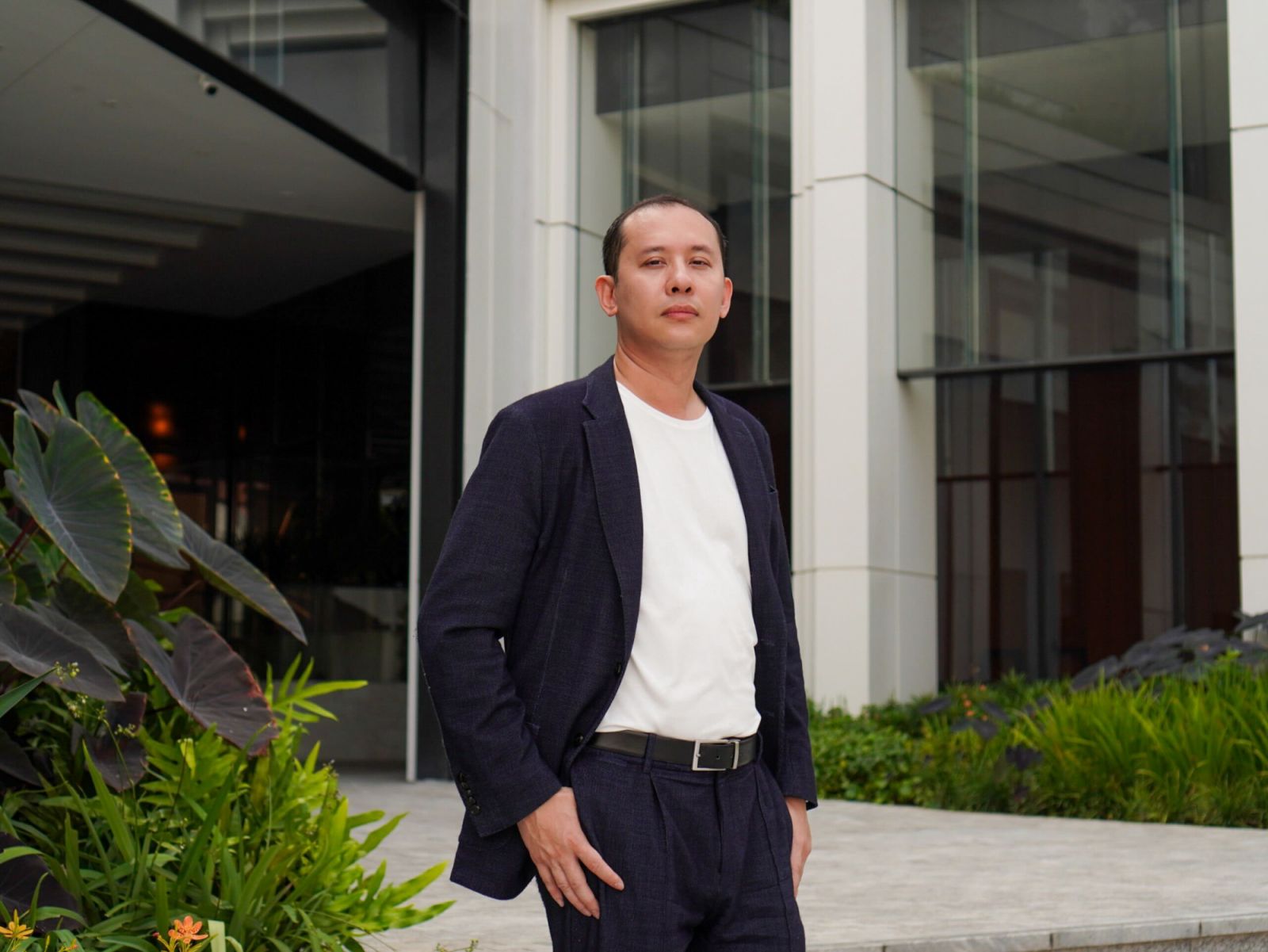Maxim Tint, the founder of digital identity solution provider Gtriip, discusses how shutting his previous retail company taught him that no company lasts forever
Contactless check‑ins at airports and hotels are fairly commonplace today, but a decade ago, it was an alien concept. For time‑poor frequent fliers such as Maxim Tint, the frustration at having to fill out multiple forms can be particularly acute, and it was exactly that that spurred the technopreneur to devise a workaround.
His now 10‑year‑old start‑up, Gtriip, developed a platform allowing hotel guests to check in with a selfie. Over time, this digital identity verification system was extended to include offices and institutions. To date, more than a million check‑ins and photo IDs have been verified, and Tint counts Amara Hotels and Resorts, The Fullerton Hotel, Singapore Press Holdings and the National University of Singapore as clients. His end goal is for people to be able to travel without carrying any form of photo ID.
Read more: The founder’s farewell: Why and when to leave your startup
Like many founders, Tint’s path to success was fraught with obstacles. “When we started in 2014, online check‑in for hotel guests was not regulated in Singapore,” he says.
With the platform’s use of biometric data, there were also concerns over data privacy and security—which he allayed by ensuring that Gtriip’s computer‑vision models were trained to verify all photo IDs, rather than outsourcing this process to a third party. Working together with the authorities, Tint ultimately succeeded in getting regulated by the Singapore Tourism Board’s E‑Visitor Authentication system. “It was an important win not just for us as a company, but for the travel tech ecosystem in Singapore,” he says.

The Myanmar‑born Tint shares that his interest in technology started when he was in high school when his father was provided with a Macintosh laptop for work. Personal computers were uncommon for middle‑class Myanmar families then. He was smitten and tried learning programming.
Tint moved to Singapore after winning a scholarship to study at Singapore Polytechnic. Upon graduating, he joined a small company that built data warehouse solutions. He also studied part‑time after work to get his business degree from Coventry University and later did his post-graduate studies at Stanford Graduate School of Business. He admits that modules such as finance and accounting were challenging for him, but would later prove vital in running businesses. One of his early ventures was a brick-and-mortar retail business that he eventually closed down.
Here, he discusses turning 40 and dealing with failure.
Read more: Earth Day: Is our planet worth saving?

